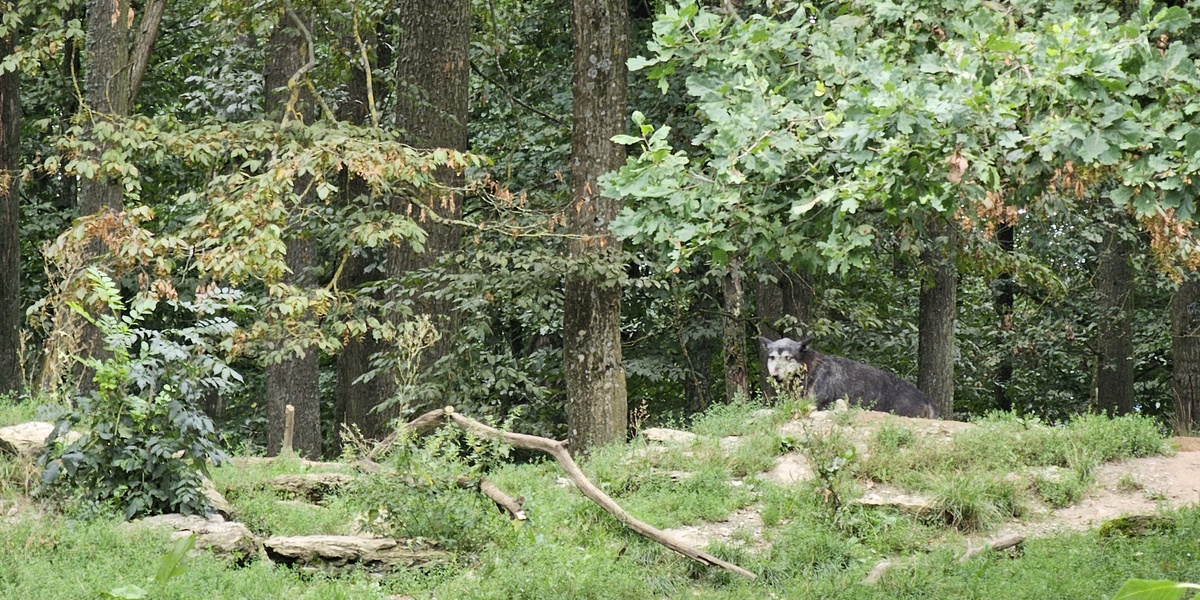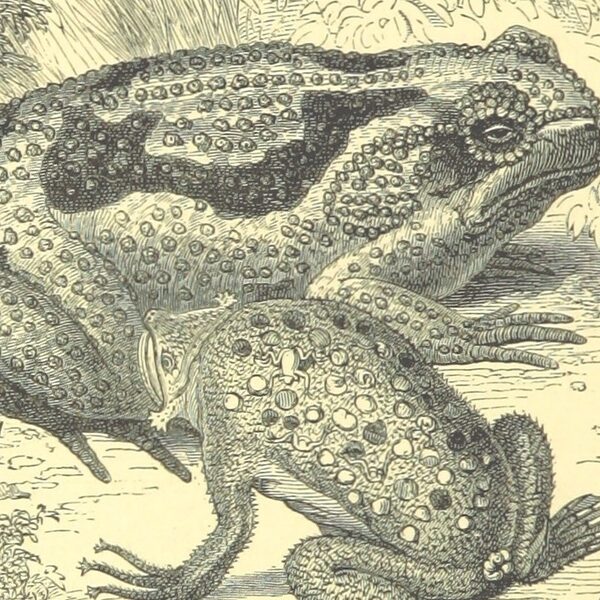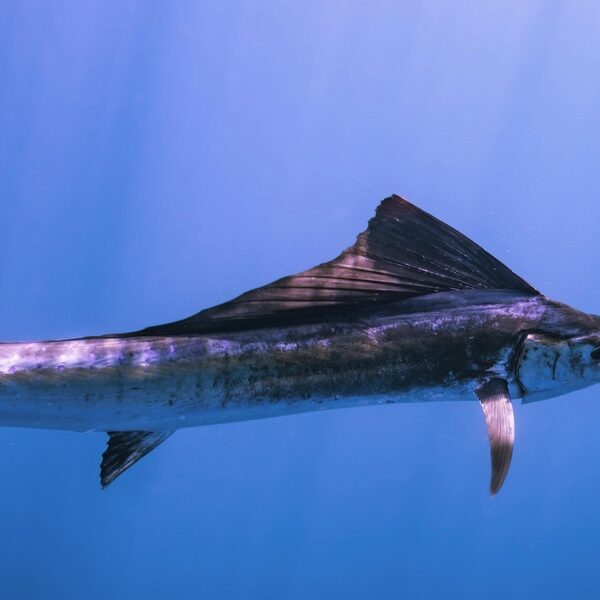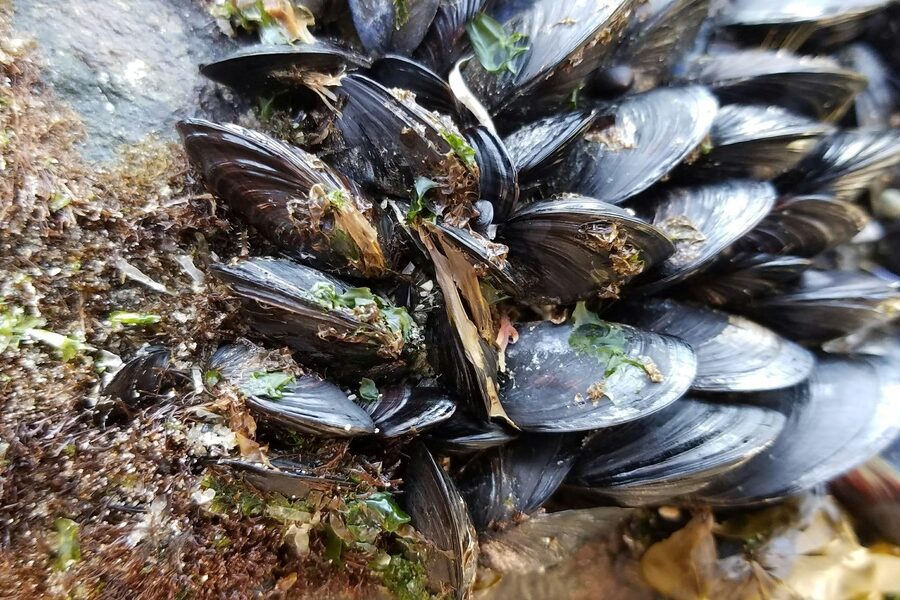The taiga, or boreal forest, stretches across northern Eurasia and North America, where long winters and short, productive summers shape distinct food webs. Dense conifers, patchy prey and seasonal cycles mean that only a handful of species feed at the very top of this system.
There are 14 taiga tertiary consumers, ranging from Brown Bear to Wolverine. For each species, you’ll find below the columns Scientific name,Range,Primary prey so you can quickly compare distribution and diet across the list you’ll find below.
How do tertiary consumers influence taiga ecosystems?
Tertiary consumers in the taiga exert top-down effects by limiting herbivore numbers and suppressing smaller predators, which can reduce overbrowsing and help maintain forest regeneration; their impact varies seasonally and with prey availability, so expect stronger effects near den sites and in winter when prey are concentrated.
What signs help distinguish a Brown Bear from a Wolverine in the field?
Look for track size and gait (bear prints are much larger and show five toes with a heel pad; wolverine tracks are smaller, narrower and often paired with drag marks), scat composition and location (bears leave larger scat with plant matter, wolverines often leave fur or bone fragments), claw marks on trees, and den type—these cues together give a reliable identification in taiga conditions.
Taiga Tertiary Consumers
| Name | Scientific name | Range | Primary prey |
|---|---|---|---|
| Gray Wolf | Canis lupus | Across North American and Eurasian taiga, including Canada, Alaska, Scandinavia, and Russia. | Moose, caribou, deer, elk, but will also prey on coyotes and foxes. |
| Siberian Tiger | Panthera tigris altaica | Russian Far East, primarily in the Amur-Ussuri region and parts of northeastern China. | Wild boar, red deer, moose; sometimes preys on wolves, lynx, and bears. |
| Brown Bear | Ursus arctos | Widespread across boreal forests of North America (as grizzly bears) and Eurasia. | Highly omnivorous; salmon, moose calves, carrion, but can kill wolves and black bears. |
| Wolverine | Gulo gulo | Circumpolar in northern boreal forests of North America, Europe, and Asia. | Carrion, rodents, hares; capable of killing large prey and other smaller predators like foxes. |
| Eurasian Lynx | Lynx lynx | Across boreal Europe and Asia, from Scandinavia to Siberia. | Roe deer, hares, but also preys on red foxes, martens, and other carnivores. |
| Canada Lynx | Lynx canadensis | Across the Canadian and Alaskan boreal forest, and northern contiguous United States. | Snowshoe hare specialist, but also preys on squirrels, grouse, and smaller carnivores like weasels. |
| Fisher | Pekania pennanti | Boreal and temperate forests of North America, from the Sierra Nevada to Canada. | Porcupines, snowshoe hares, squirrels, and smaller carnivores like martens and weasels. |
| Golden Eagle | Aquila chrysaetos | Circumpolar across the Northern Hemisphere, including open and forested taiga regions. | Hares, marmots, squirrels; also preys on foxes, martens, and other birds of prey. |
| Eurasian Eagle-Owl | Bubo bubo | Widespread across Europe and Asia, inhabiting rocky outcrops and forests within the taiga. | Rodents, hares, hedgehogs, and other birds of prey, including hawks and other owls. |
| Great Horned Owl | Bubo virginianus | Widespread across the Americas, a common resident of the North American boreal forest. | Hares, rodents, skunks; also preys on other owls, hawks, and small carnivores. |
| Northern Goshawk | Accipiter gentilis | Circumpolar in mature boreal and temperate forests throughout the Northern Hemisphere. | Birds like jays and grouse, mammals like squirrels, and even smaller hawks. |
| Gyrfalcon | Falco rusticolus | Arctic and subarctic regions, often wintering in the northern parts of the taiga. | Ptarmigan and waterfowl; also preys on other raptors and small carnivorous mammals. |
| Northern Pike | Esox lucius | Circumpolar in freshwater lakes and rivers of North America and Eurasia’s boreal regions. | Other fish (perch, walleye), frogs, and even small waterfowl or mammals. |
| Lake Trout | Salvelinus namaycush | Native to cold, deep lakes across the North American boreal and tundra regions. | Cisco, sculpins, whitefish, and other smaller fish, including other predatory fish. |
Images and Descriptions
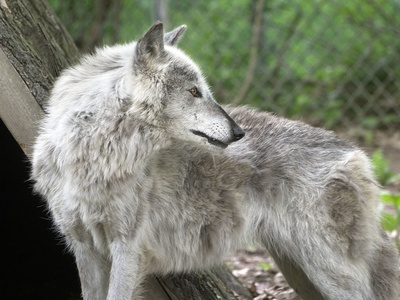
Gray Wolf
As an apex predator, the gray wolf is a keystone species, managing large herbivore populations. It hunts in packs and sits at the top of the food web, sometimes preying on other carnivores like coyotes or lynx, shaping the entire ecosystem.
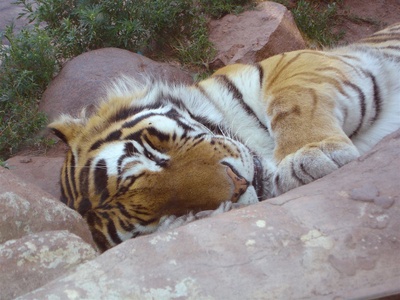
Siberian Tiger
The world’s largest cat, the Siberian tiger is the undisputed apex predator of the eastern taiga. Its immense power allows it to hunt the largest prey, including other large carnivores, making it a critical force in its forest home.
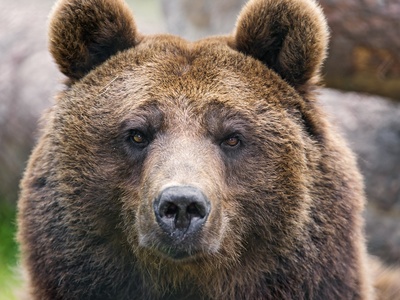
Brown Bear
A true omnivore, the brown bear is also a formidable apex predator. Its massive size and strength place it at the very top of the food web, capable of dominating other large carnivores and controlling access to resources like salmon streams.
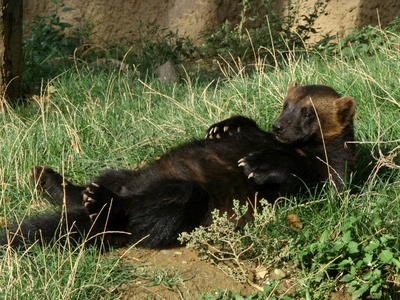
Wolverine
Famous for its ferocity and strength, the wolverine is a powerful predator and scavenger. Despite its size, it can take down animals many times larger and will aggressively defend kills from larger predators, embodying taiga toughness.
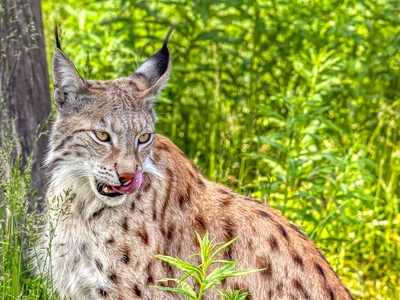
Eurasian Lynx
A secretive and powerful feline, the Eurasian lynx is an effective predator of both herbivores and smaller carnivores. By hunting animals like red foxes, it plays a key role in regulating predator populations from the middle of the food web.
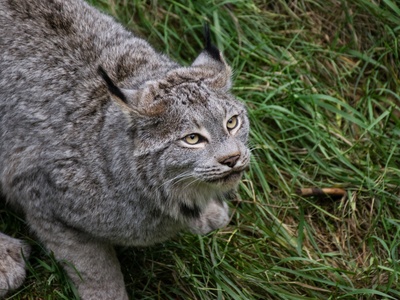
Canada Lynx
This ghost of the northern forest is a specialized predator of snowshoe hares. While primarily a secondary consumer, it will also hunt smaller carnivores like weasels and martens, placing it in a higher trophic level when opportunities arise.
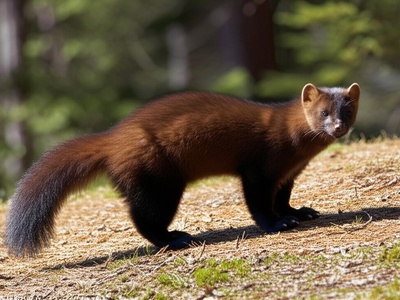
Fisher
A member of the weasel family, the fisher is one of the few predators capable of hunting porcupines. Its diet includes other carnivores, making it an important mesopredator that helps control populations of other smaller meat-eaters in the forest.
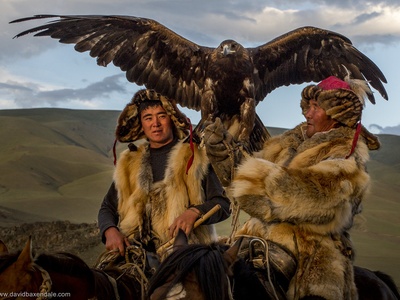
Golden Eagle
A majestic apex avian predator, the golden eagle rules the skies of the taiga. With incredible eyesight and powerful talons, it can hunt a wide variety of prey, including other carnivores like foxes, solidifying its position at the top of the food web.
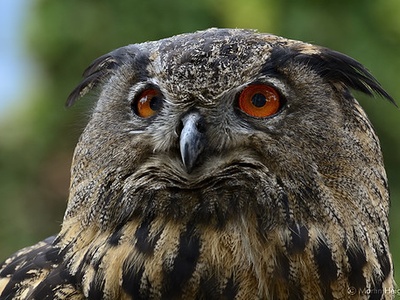
Eurasian Eagle-Owl
One of the world’s largest owls, this nocturnal hunter is a formidable apex predator. Its diet is incredibly broad and includes other carnivores, such as foxes and even other owls, making it the nighttime equivalent of the golden eagle in its ecosystem.
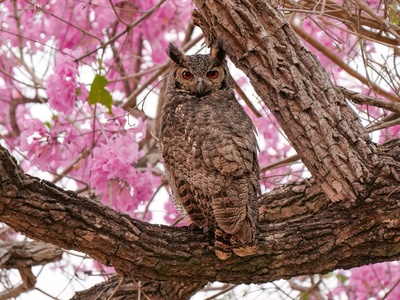
Great Horned Owl
The “tiger of the night” in North America, this powerful owl is a top predator with a diverse diet. It is a fierce defender of its territory and will readily prey on other raptors and carnivores, making it a key regulator of nocturnal predators.
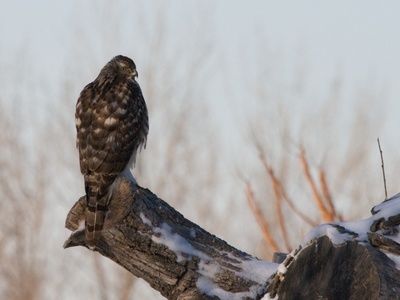
Northern Goshawk
A fierce and powerful forest raptor, the northern goshawk is built for agile flight through dense trees. It’s a bold hunter that will attack a wide range of prey, including other predators like smaller hawks, placing it high in the forest food web.
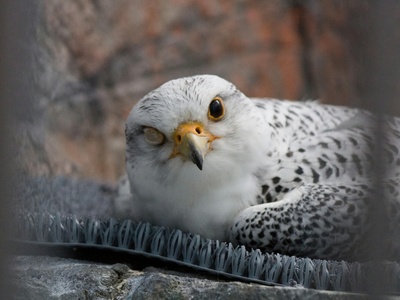
Gyrfalcon
The largest of all falcons, the gyrfalcon is a powerful hunter of the far north. While it specializes in birds, its strength and speed allow it to prey on other predators, including smaller falcons and owls, especially during the harsh boreal winter.
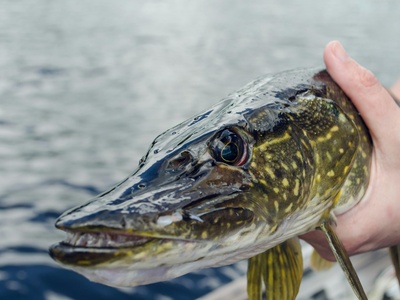
Northern Pike
The northern pike is a voracious ambush predator and often the apex predator in taiga lakes. It eats other fish, many of which are themselves carnivores, placing it firmly at the top of the aquatic food web and influencing the entire fish community.
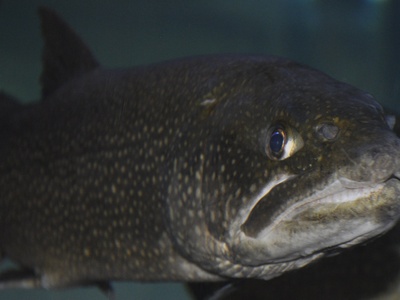
Lake Trout
A top predator of deep, cold boreal lakes, the lake trout is a slow-growing fish that can live for decades. It preys on a variety of other fish, including smaller carnivores, making it a keystone species for its specific aquatic habitat.
